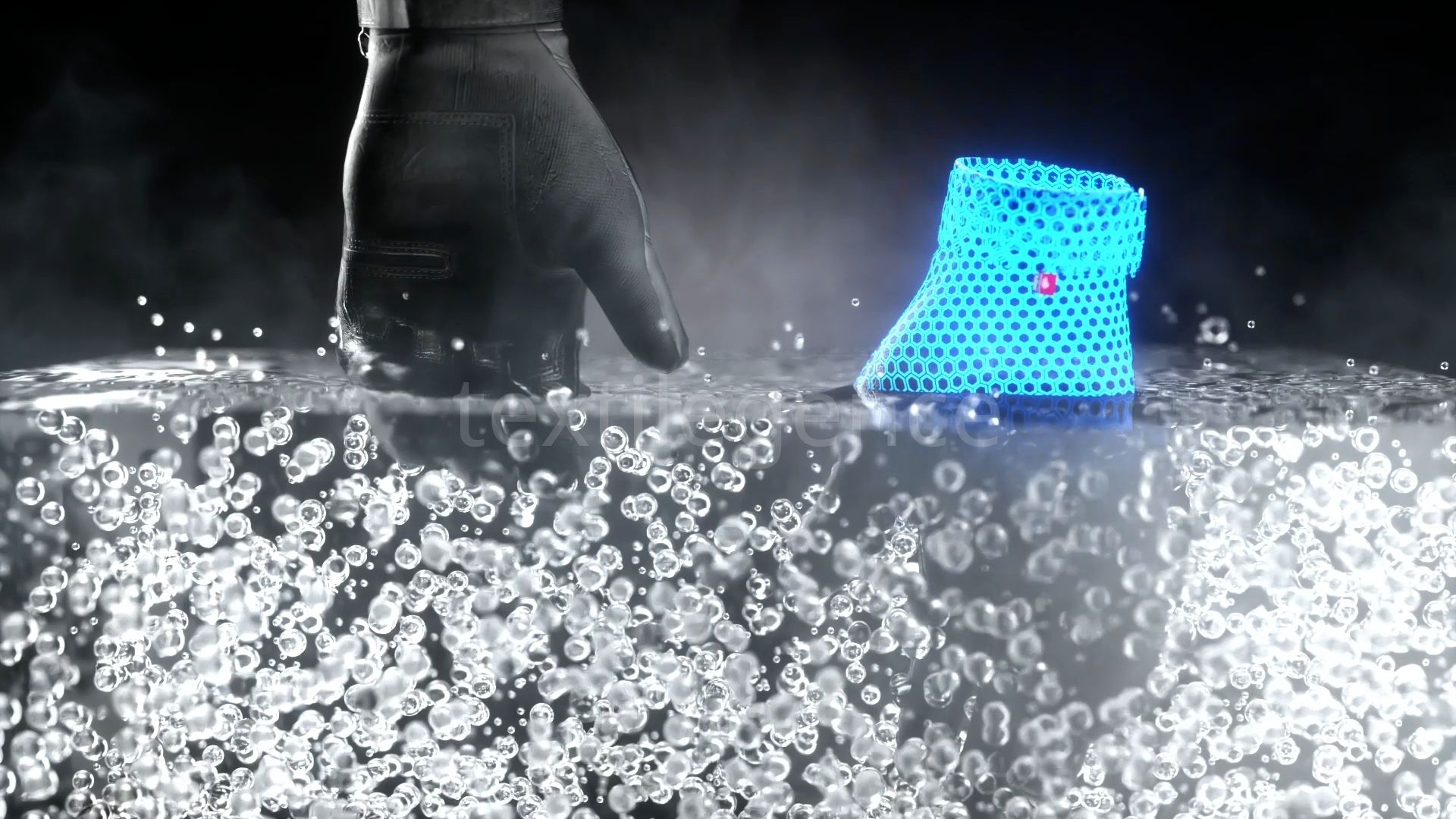Outlast Technologies, a specialist in proactive heat management for textile materials, has succeeded in integrating aerogel into flexible fabric systems through a series of engineered composite structures now offered under the name Aersulate®. These materials provide reliable thermal insulation even in extremely thin formats and under compression or moisture exposure. Aersulate fabrics stands out with its ultra thickness and approved thermal insulation properties, offering ideal solution for occupational safety even in most high-risk environments.
Aerogel is an ultra-lightweight, highly porous material derived from quartz – the same base substance found in sand. Despite its low density, it offers excellent thermal insulation properties by trapping air within its pore structure. Originally used in aerospace applications, aerogel’s fragile and powdery nature has long made it difficult to process in textiles.
“One of the biggest challenges was simply getting the material to stay where we wanted it,” says Volker Schuster, Head of Research and Development. “Due to its incredible lightness, aerogel tends to disperse into the air instantly unless it is bound immediately – which, as you can imagine, was no trivial task.”

Less than 2 millimeters, more than the expectations
Aersulate fabrics function with a material thickness of just 1-2 millimeters – comparable to a credit card – yet reach insulation levels that match or exceed those of conventional, much thicker insulations. This space efficiency opens up new possibilities in areas where insulation was previously not feasible due to volume, weight, or processing constraints.
Unlike felts, waddings, or fleeces, Aersulate retains its insulating performance even under pressure. While conventional insulations often lose effectiveness when compressed, the aerogel structure embedded in Aersulate continues to trap air, preventing thermal transfer.
Additionally, the material’s thermal resistance is not significantly affected by humidity. “In typical materials, moist conditions often lead to heat leakage,” explains Schuster. “With Aersulate, the air within the aerogel structure stays in place und nearly completely keeps up the performance.”
Quantifiable Thermal Resistance
Tests conducted by a third part Institute for Textile and Fiber Research confirm the material’s performance according to EN ISO 11092:
1,1 mm Non-woven without Aersulate: 0,045 m²K/W1
1,1 mm identical Non-woven with Aersulate: 0,08 m²K/W1
This corresponds to a thermal resistance increase of 78%, under identical thickness and material base.
Further thermal tests show that Aersulate fabrics effectively shield against heat sources such as hot plates (90 °C), and maintain this effect even under mechanical pressure and humidity. Similar behavior is observed under cold conditions.

Occupational safety in high-risk environments
Aersulate is available in various fabric systems, adapted for different uses, including polyester nonwovens for clothing and consumer textiles; aramid-based versions for flame-resistant textiles.
The aramid version meets stringent fire safety requirements. In test scenarios simulating extreme radiant heat or direct contact with hot surfaces, Aersulate fabrics extended protection times significantly. Firefighters using Aersulate materials had over twice the escape time required by ISO standards in high-heat scenarios. In contact heat tests, materials with Aersulate resisted 2.5 times longer than standard requirements before critical temperatures were reached. Under intense heat radiation, the material delivered a 54% longer time buffer compared to ISO thresholds. This significantly enhances occupational safety in high-risk environments.
Process Compatibility and Sustainability
Aersulate can be used to a wide range of carrier materials including felts, nonwovens, and technical textile composites. Despite the high aerogel content, the fabrics are robust and compatible with standard processing methods used in textile and apparel production.
The aerogel used in Aersulate is made from quartz, a naturally abundant material, thus it is non-toxic and environmentally safe. All Aersulate products are developed and manufactured in Germany.
Expanding Potential Through Aersulate Fibers
In addition to flat textiles, Outlast has also developed Aersulate fibers based on viscose, which serve as filling materials for applications such as performance wear, sleeping bags, and bedding products. These fibers combine low weight with high thermal efficiency, while maintaining their insulating properties even under compression. This enables the development of lighter products with reliable thermal protection, particularly in applications where space and weight are critical.
Volker Schuster says that Aersulate opens up entirely new application areas: “From safety equipment and outdoor wear to industrial and technical applications, we can now offer thermal insulation in situations where volume, compression, or moisture would normally make it impossible.”

